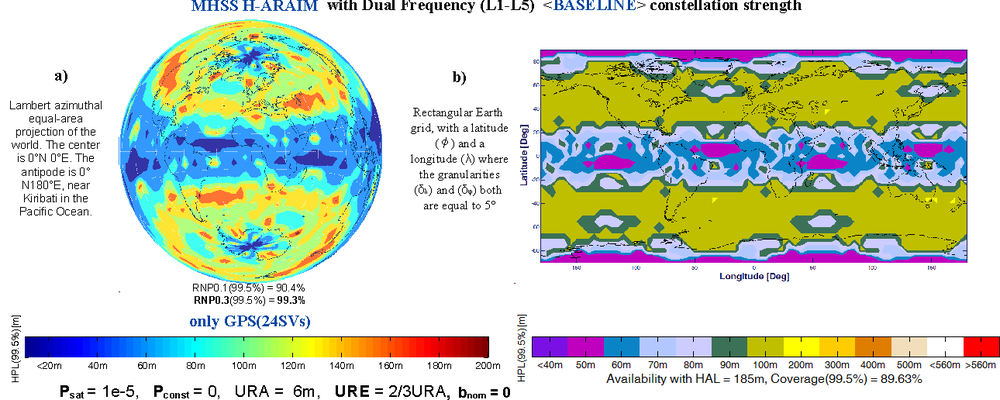The Integrity Simulation Tool for Advanced RAIM (ISTAR) comprises modules written in Matlab language which allow for predicting the expected performance levels of augmented GNSS navigation performance using snapshot RAIM algorithms. The goal of ISTAR is the modular flexibility which helps to compare, cross-checking, and analyzing methods available in the literature.
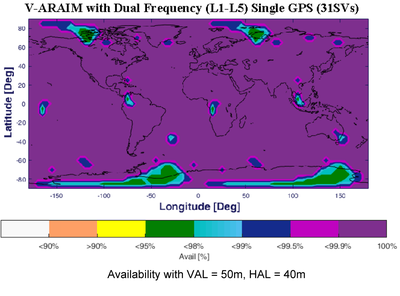
Fig.1: LPV-250 availability map from MHSS ARAIM with 31SVs GPS and dual frequency measurement accuracies. The simulations predict 98.1% global coverage of 99.5% LPV-250 availability.
With the brief structural overview in Figure 2, it is easily possible to further extend each module in the ISTAR tool. The basic configuration settings and the main function of ISTAR tool is the 'start_ISTAR.mat'.
The latest version of ARAIM user algorithm is located in ‘Integrity Algorithms’ module and includes 1-D optimization in vertical and horizontal dimension and could be find in "ARAIM_WGC2016.mat" function. There is also a possibility to use different weighting functions to allocate an optimal weight according to each satellite taken to the position solution (Matlab function 'getWeightMatrix.mat').
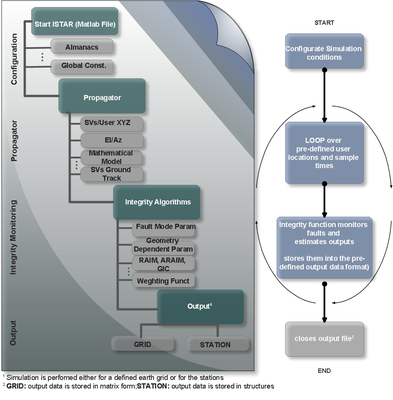
Fig.2: ISTAR-Matlab Tool structural overview
The output values can be customized in order to support analysis and parameter evaluation through additional output metrics. From an implementation point of view, the user can easily modify the output formats within the 'computeOUTPUT.mat' Matlab function located in the 'Propagator' module. Simulations can be performed either for the defined Earth grid or user locations. As an example, an ISTAR user provides default output values shown in Fig. 3 and Fig.4.
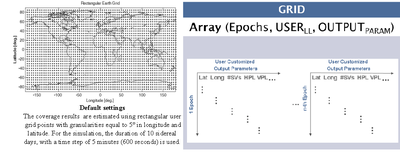
Fig.3. Output data format used for the simulations on the global Earth grid
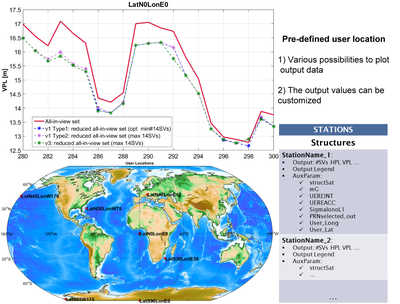
Fig.4: Output data format used for the simulations using pre-defined user locations
The integrity monitoring module is configured so that all commonly used terms between most snapshot monitoring schemes (e.g., ARAIM/RAIM) are written in extra Matlab functions. Some of those terms are already pre-calculated in the 'Propagator' module and available for later use. Others are estimated directly in the 'Integrity Monitoring' module: ISM, Fault Modes (FM), the number of subsets and indices of SVs to monitor, etc. This clearly increases the computational time but allows more flexibility for the purpose of research. Directly in the 'Integrity Monitoring' module, the ISTAR user can integrate their own integrity monitoring function and test its functionality and availability against existing concepts without changing the ISTAR structure. Different plotting functions are available in an extra 'Data2Plot' folder, which automatically calls the output data files stored in the 'OUTPUT' module.
There is a possibility to use a rectangular grid or a lambert azimuthal equal-area projection in Figure 5 to visualize the grid data.
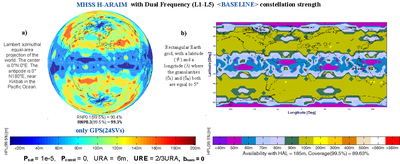
Figure 5: Grid data visualization
